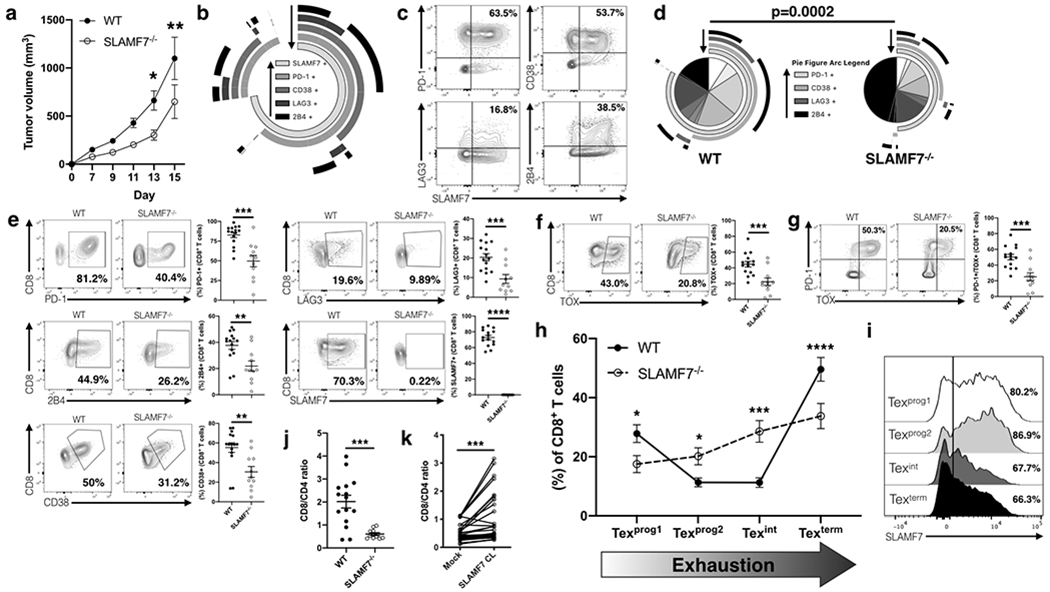FIGURE 7. SLAMF7 expression in the TME propels CD8+ T cells towards terminal exhaustion and impacts tumor growth.

(a) B16-F10 tumor growth in WT and SLAMF7−/− mice. (b) SPICE plot of inhibitory receptor expression on intra-tumoral CD8+ T cells from WT mice; plot shows response from all samples combined. Arrows assist in identifying which arc each marker corresponds too. (c) Biaxial representative plots of SLAMF7 co-expression with various inhibitory receptors on intra-tumoral CD8+ T cells from WT mice. (d) SPICE plots comparing exhaustion marker expression on intra-tumoral CD8+ T cells from WT and SLAMF7−/− mice. Plots are aggregate from all samples and compared with a Permutation test. Arrows assist in identifying which arc each marker corresponds too. (e) Comparison of individual inhibitory receptors from intra-tumoral CD8+ T cells showing both representative biaxial plots and responses of individual mice. (f) Expression of TOX in intra-tumoral CD8+ T cells from WT and SLAMF7−/− mice. (g) Co-expression of TOX and PD-1 from intra-tumoral CD8+ T cells from WT and SLAMF7−/− mice. (h) Frequency of CD8+ intra-tumoral T cells across the four populations that make up the exhaustion developmental trajectory (Beltra et al., 2020). Populations are defined as: Texprog1 (SLAMF6+CD69+), Texprog2 (SLAMF6+CD69−), Texint (SLAMF6−CD69−), Texterm (SLAMF6−CD69+). (i) SLAMF7 expression across exhausted CD8+ T cell subsets. (j, k) Ratio of CD8+ to CD4+ T cells from B16-F10 melanomas of WT and SLAMF7−/− mice (j), or PBMCs of healthy human individuals with either mock or SLAMF7 CL stimulation (k). Results from (a) are pooled from two independent experiments using n=14-15 mice per genotype, composed of equal numbers of males and females, and compared with 2-way ANOVA and Sidak’s multiple comparison test. Results from (b-i) are pooled results from two independent experiments with n=15 WT and n=11 SLAMF7−/− mice composed of equal numbers of males and females and compared with unpaired two-tailed students t-test. Results in (k) are pooled from seven independent experiments with n=32 and compared with paired two-tailed students t-test. All data are represented as mean ± SEM. **p<0.01; ***p<0.001; ****p<0.0001.
